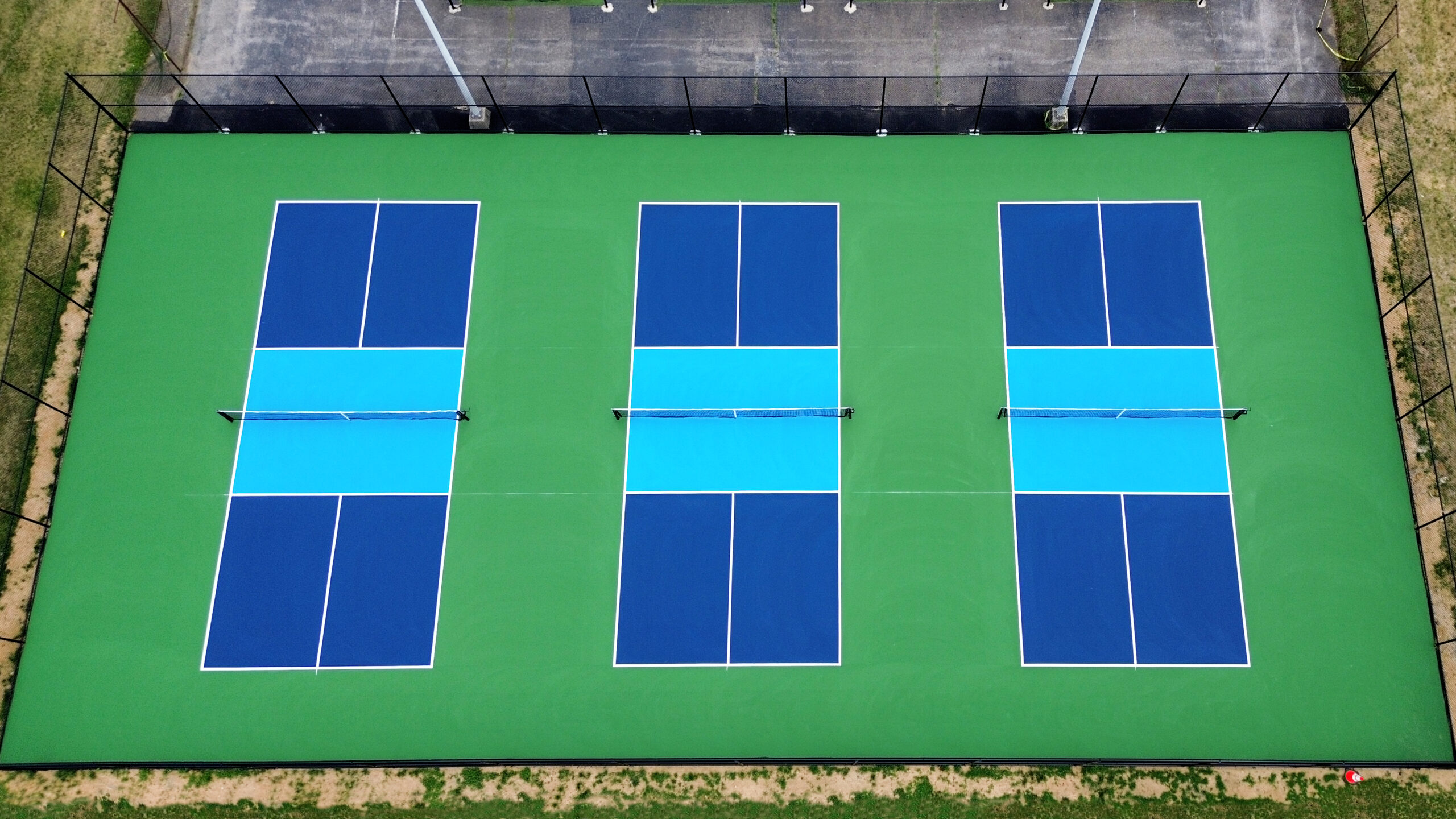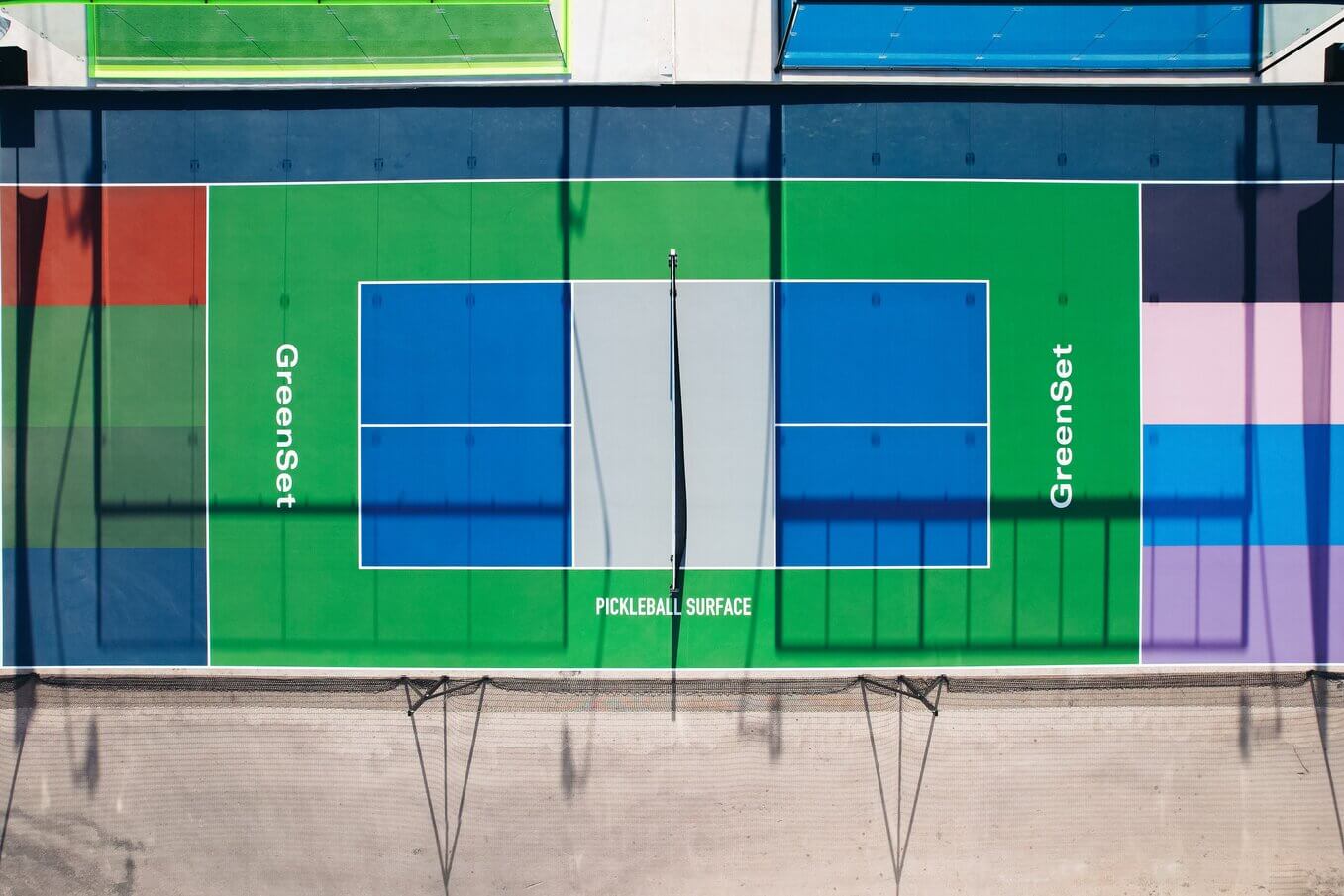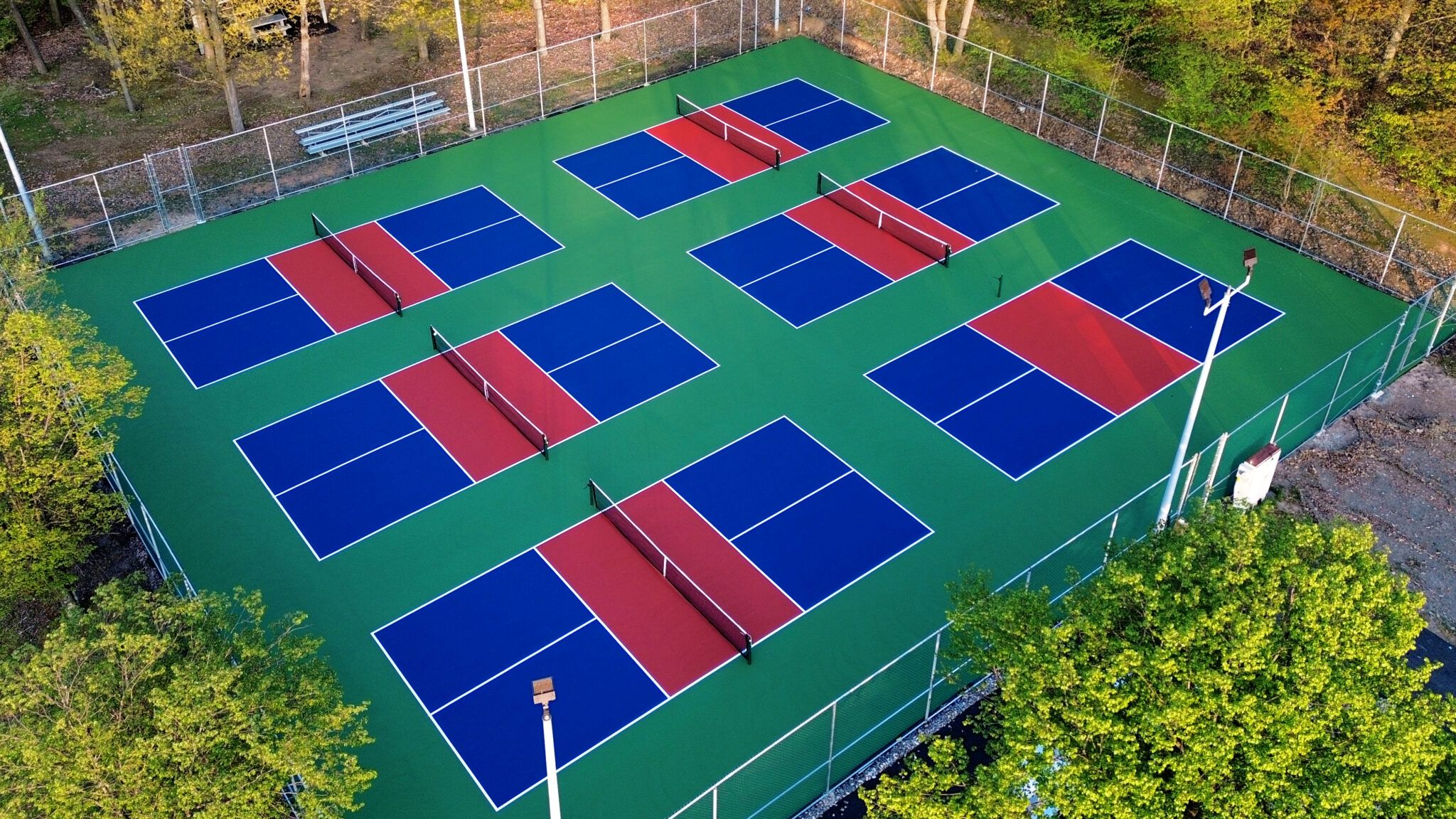Cost Effective Pickleball Court Construction for Houses and Communities
Cost Effective Pickleball Court Construction for Houses and Communities
Blog Article
Sustainable Practices in Pickleball Court Building And Construction You Need To Know
As the popularity of pickleball continues to rise, so also does the demand for sustainable techniques in court construction. The influence of these techniques expands far beyond the court itself.
Picking Eco-Friendly Materials
Selecting green materials is an important step in the building of lasting pickleball courts. The option of sustainable materials not only lessens ecological effect however additionally improves the longevity and efficiency of the court. Key products consist of recycled rubber for the surface, which provides exceptional sturdiness and shock absorption while drawing away waste from landfills.
In addition, using in your area sourced materials reduces transportation discharges and supports local economies. Pickleball court construction. Utilizing indigenous hardwoods for secure fencing and seating can supply a lasting visual while making sure strength versus the aspects.
Including absorptive materials for court structures can additionally add to sustainability by enabling for natural water drain and lowering runoff. These selections not only safeguard regional environments however likewise advertise healthier play atmospheres.
Effective Drainage Solutions
While the selection of environmentally friendly products is vital, executing efficient drain options is equally vital for preserving lasting pickleball courts. Appropriate drainage not just shields the court surface area from water damages but also lessens erosion and runoff, promoting environmental honesty.
Effective drainage systems can include absorptive paving, which enables water to infiltrate the ground instead of pooling on the surface. This lowers the likelihood of standing water, which can lead to mold and mildew and various other upkeep issues. In addition, including strategically positioned water drainage channels and swales can guide excess water far from the court location, ensuring a dry having fun surface and protecting against soil disintegration.
Making use of indigenous vegetation in the landscaping around the courts can better improve water drainage by soaking up excess water and decreasing overflow. These plants need less irrigation and promote biodiversity, lining up with lasting methods.
Furthermore, it is vital to frequently maintain the drain system to guarantee its lasting efficiency. This includes clearing particles and tracking for obstructions. By prioritizing effective drainage services, pickleball court constructors can dramatically add to the sustainability and longevity of the center, eventually profiting both players and the environment.
Energy-Efficient Illumination Options
As the need for pickleball remains to expand, incorporating energy-efficient illumination alternatives into court style has ended up being increasingly important for sustainability. Typical illumination systems frequently eat extreme energy, adding to higher functional costs and environmental impact. For that reason, embracing contemporary, energy-efficient modern technologies is necessary for both new building and constructions and improvements.
LED (Light Emitting Diode) lights sticks out as a leading selection as a result of its longevity and power cost savings (Pickleball court construction). Compared to traditional lights, LEDs make use of roughly 75% less energy and can last up to 25 times longer, dramatically decreasing maintenance expenses. Moreover, the directional nature of LED lights lessens light contamination, making sure that lighting is focused on the court instead than surrounding areas.

Sustainable Surface Alternatives
Discovering sustainable surface choices for pickleball courts has obtained grip among building contractors and players alike. The navigate to this site emphasis on green materials not just aligns with the growing environmental understanding yet additionally improves the performance and longevity of the courts.
This material offers excellent shock absorption, decreasing the danger of injuries for gamers while promoting sustainability. These floor tiles are simple to change and install, and their versatility permits for different court configurations.
Natural turf courts are likewise arising as a sustainable option, promoting biodiversity and minimizing the warmth island effect. They call for regular maintenance and great post to read water, which may not line up with all sustainability objectives.

Water Conservation Methods

Another efficient method entails the setup of rainwater harvesting systems. These systems accumulate and keep rainwater for use in keeping court surfaces and landscape design. This technique not just saves potable water however also minimizes dependence on municipal resources.
Moreover, utilizing drought-resistant landscaping around the courts is crucial. Native plants need much less water and are much better adjusted to neighborhood environment conditions, therefore lowering overall water usage. In addition, using effective irrigation systems, such as drip irrigation, ensures that water is provided directly to plant origins, minimizing evaporation and waste.
Conclusion
Integrating lasting methods in pickleball court building and construction substantially adds to ecological preservation and source efficiency. By focusing web link on these techniques, the building of pickleball courts can straighten with more comprehensive ecological goals while promoting long life and capability within communities.
As the popularity of pickleball continues to climb, so as well does the need for sustainable techniques in court building and construction.Selecting eco-friendly products is an important step in the building of sustainable pickleball courts. By prioritizing energy-efficient illumination choices, pickleball court fitters can add to an extra sustainable future while fulfilling the demands of gamers and stakeholders alike.Integrating sustainable surface area options not only improves the performance of pickleball courts but also leads the means for carrying out effective water preservation methods.Integrating sustainable practices in pickleball court building dramatically contributes to ecological preservation and source effectiveness.
Report this page